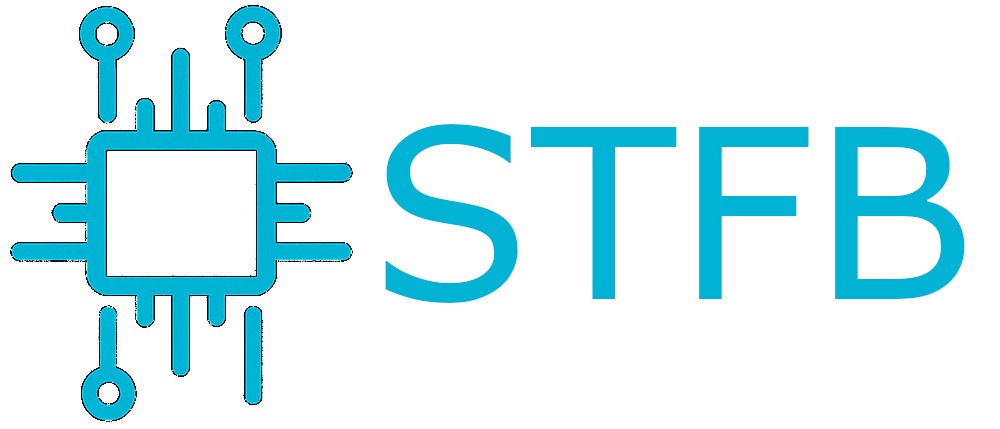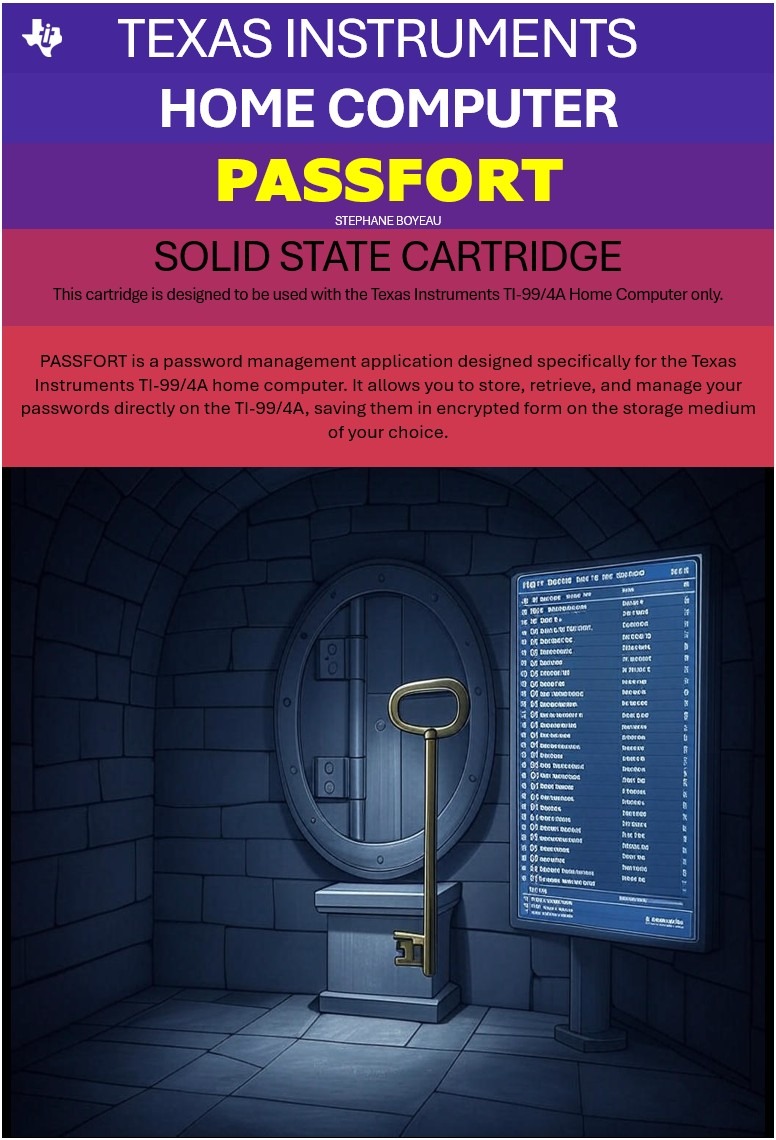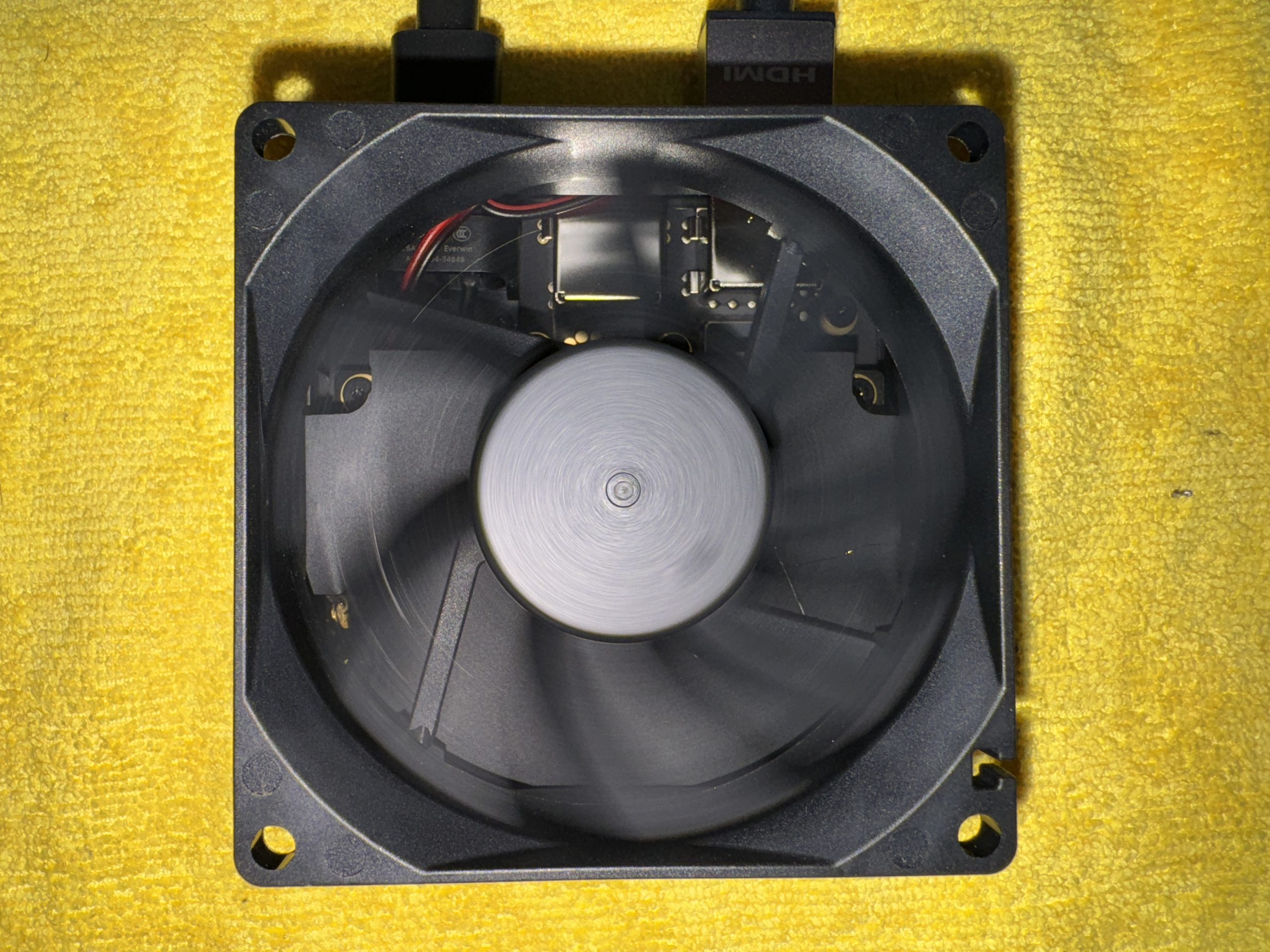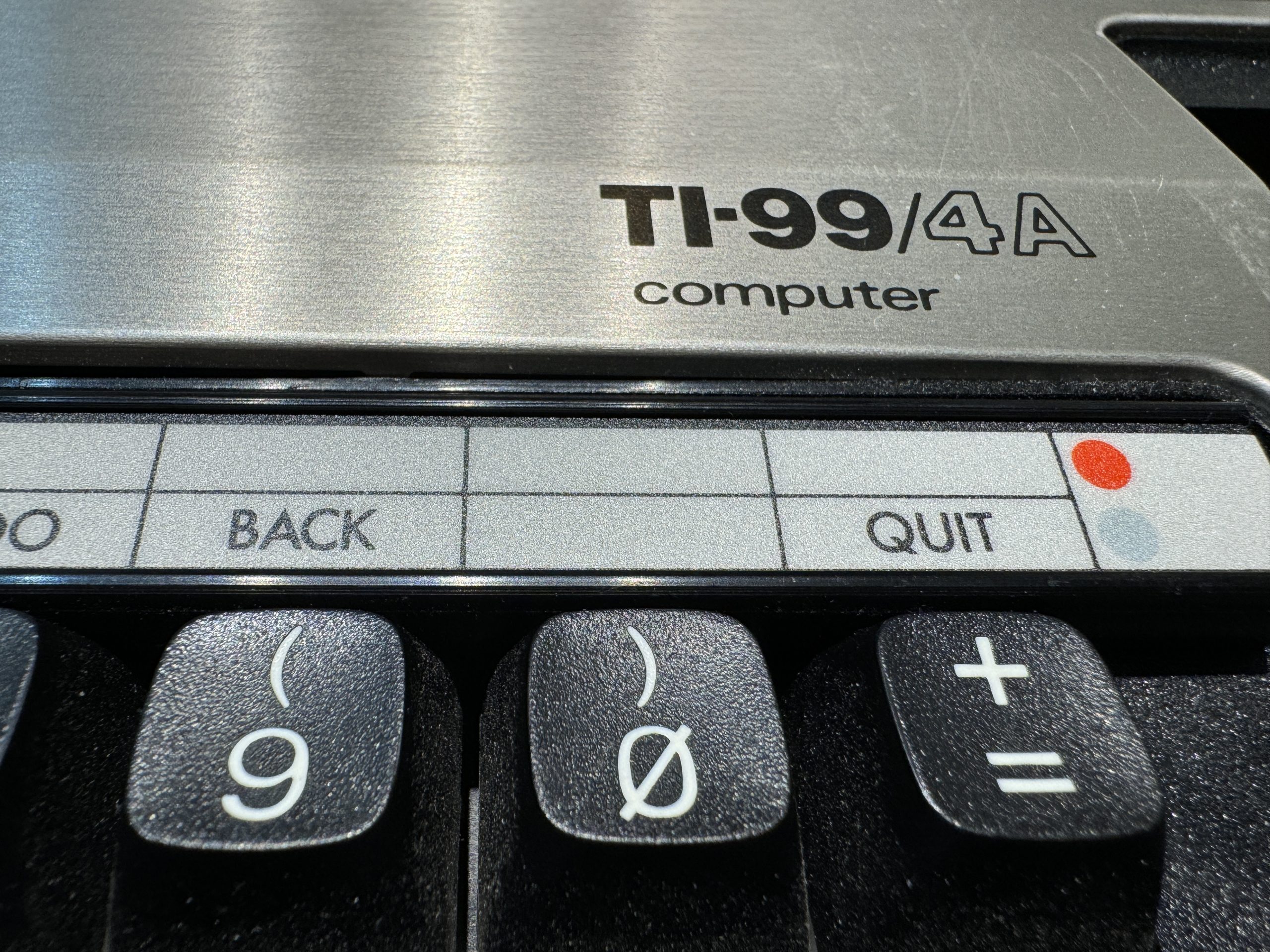Introduction
PASSFORT is a password management application I developed specifically for the Texas Instruments TI-99/4A home computer. It stores, retrieves, and manages your passwords directly from your TI-99/4A.
Why build a password manager for the TI-99?
Well, for starters, it’s not connected to the internet—so good luck hacking it remotely. Hardly anyone remembers how to use it, and you can stash your encrypted passwords safely on a floppy, TIPI, or Gotek. Add a fake label like “Justin Bieber Mix” or “Chess Tournament 1983”, and boom—security through obscurity, retro-style! 😄
Features:
- Manage a total of 240 passwords, each consisting of a 25-character description, username, and password.
- Your data is stored using the XTEA encryption algorithm.
- Add, delete, and search by keywords easily.
- Store on floppy, TIPI, Gotek, etc (Cassette coming in a future version).
- Easy navigation with pagination.
- Import your passwords using a CSV file.
You will find the user Manual here: https://www.ti99-passfort.com/manual
PASSFORT Website:



